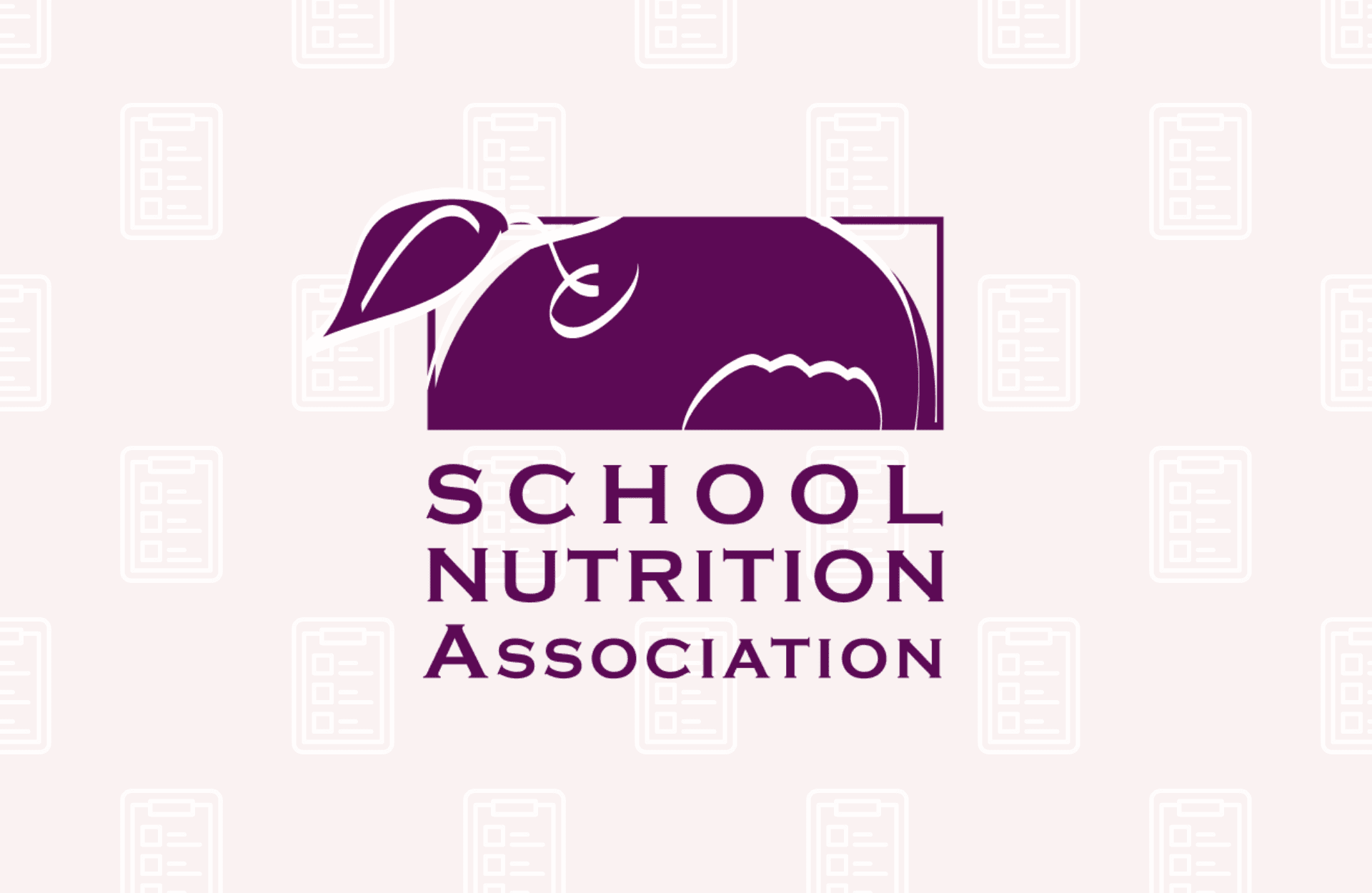FOR IMMEDIATE RELEASE:
Contact: Diane Pratt-Heavner
703-824-3024
media@schoolnutrition.org
USDA School Meal Rule Strikes a Healthy Balance
2018-12-06
USDA School Meal Rule Strikes a Healthy Balance
SNA lauds Sec. Perdue for responding to school & student feedback.
ARLINGTON, VA – The US Department of Agriculture has announced its final rule on school meal flexibilities. The non-profit School Nutrition Association (SNA) commends USDA for taking steps to address continued challenges with school meal standards, while ensuring students have access to appealing, nutritious meals.
“This final rule strikes a healthy balance. Schools will continue to meet strong nutrition standards but can prepare meals that appeal to a wide range of students,” said SNA President Gay Anderson, SNS.
Despite extensive efforts to boost consumption of healthy school meals, student lunch participation continues to gradually decline, as nearly 2 million fewer students choose school lunch each day since updated nutrition standards took effect.
“School nutrition professionals have made tremendous progress in improving student diets, but the pace and degree of menu changes under updated nutrition standards were more than some students would accept,” said Anderson. “We appreciate Secretary Perdue for finding solutions to address the concerns of schools and students. This rule will entice more students to eat healthy school meals, which meet calorie limits and offer fruits, vegetables and milk.”
The final rule maintains Target 1 sodium limits for school meals through School Year 2023-2024, preserving the significant sodium reductions schools have already achieved. A national SNA survey last year revealed that schools have employed many tactics to meet sodium limits for school meals, including reformulating recipes, increasing scratch preparation, limiting condiments and reducing portion sizes.
However, despite these efforts, 92% of responding districts were concerned about the availability of foods that will meet future sodium limits and are well accepted by students. In fact, the Institute of Medicine (IOM) and Government Accountability Office (GAO) warned that meeting future sodium reduction targets may not be possible. Naturally occurring sodium in meat, milk and other low-fat dairy foods would force schools to take nutritious choices off the menu. Under the final rule, Target 2 sodium limits will take effect in School Year 2024-2025, and the Final Target will be eliminated.
The final rule will also restore the mandate that at least half of grains offered with school meals be whole grain rich, allowing schools to occasionally serve a few refined grain options as needed without having to apply for a waiver. SNA’s survey found that despite efforts to increase student acceptance of whole grains, 65% of districts reported challenges with the current mandate that all grains must be whole grain rich. Many schools struggle with regional and cultural preferences for a few specific items like white rice and pasta, since few families or restaurants serve only whole grain rich foods. The survey also revealed barriers to applying for or receiving whole grain waivers.
“None of these adjustments will impede the progress achieved in school cafeterias,” said Anderson. “SNA will continue to work with USDA and partners to support ongoing efforts to improve the nutrition and quality of student meals and promote healthier lifestyles for children.”
The final rule also makes permanent the current option to offer flavored 1% milk. Click here to read the final rule.
About School Nutrition Association:
The School Nutrition Association (SNA) is a national, non-profit professional organization representing 58,000 school nutrition professionals across the country. Founded in 1946, SNA and its members are dedicated to making healthy school meals and nutrition education available to all students. For more information on school meals, visit www.SchoolNutrition.org/SchoolMeals .
Related Articles

SNA Urges MAHA Commission to Invest in School Meals
Read More

School Nutrition Professionals to Implore Congress to Protect School Meals
Read More




